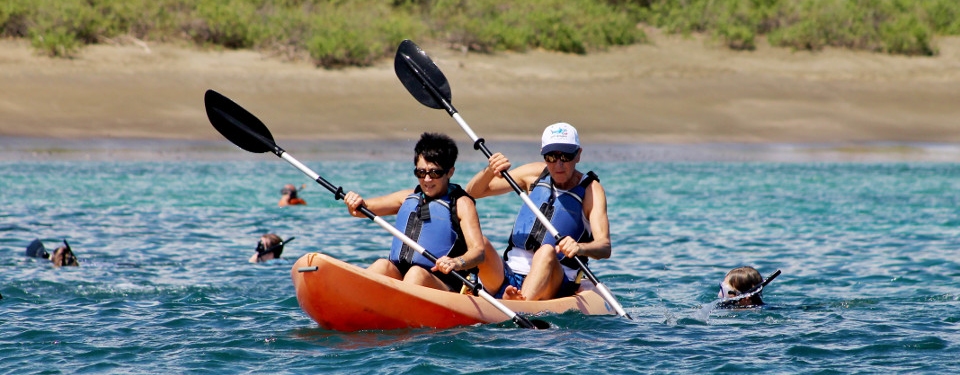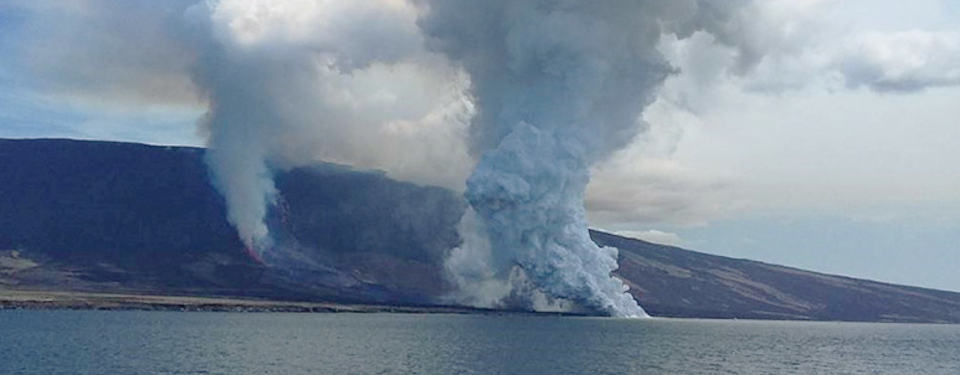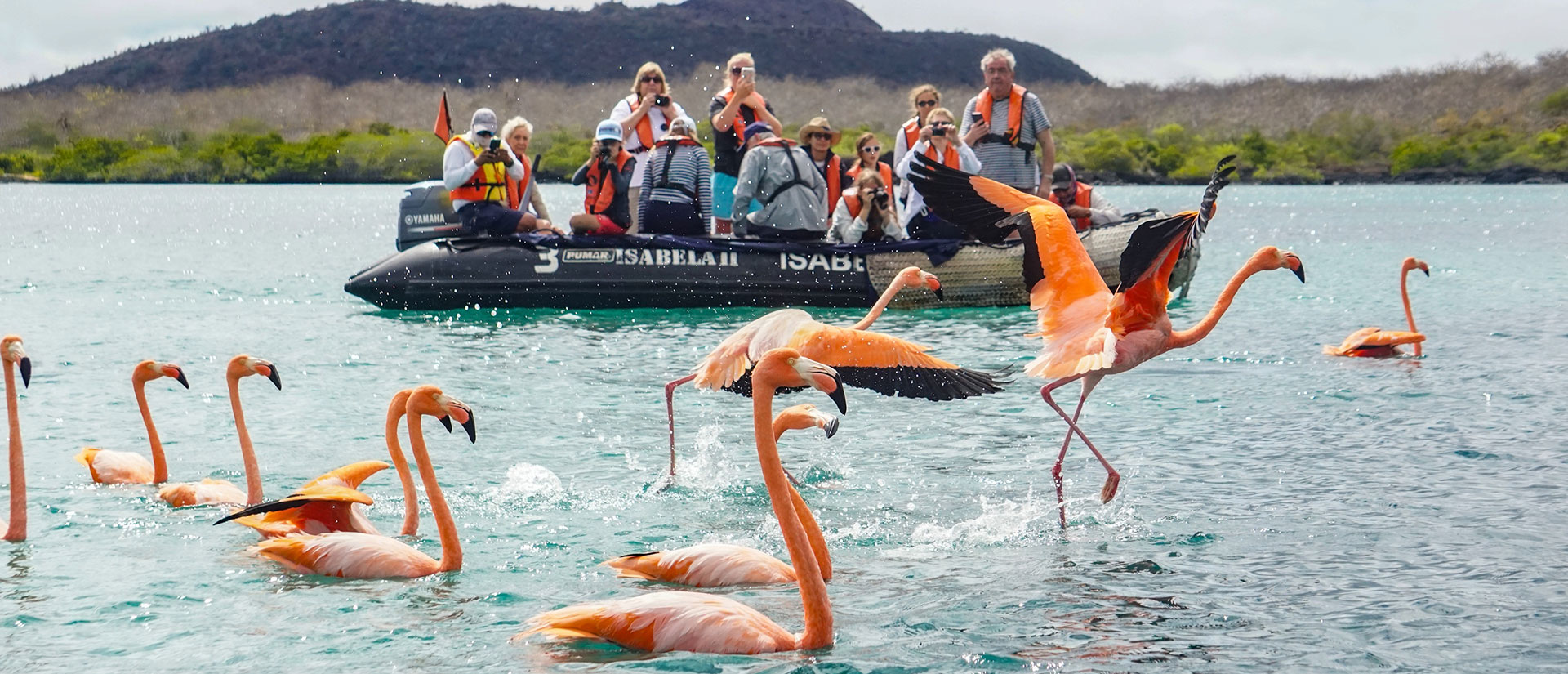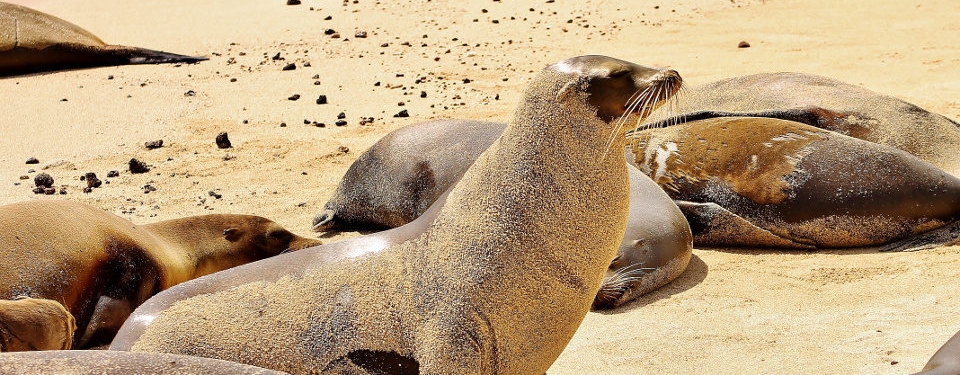
When you see two animals that look alike, how can you tell them apart? Is the animal in this picture a Galapagos fur seal or sea lion? What’s the difference between the Galapagos Fur Seal or Sea Lion? Many travelers to the Galapagos confuse the two species: Both animals are pinnipeds (meaning “fin-like foot”) and they have similar morphological traits, but you can tell if it is a fur seal or sea lion based on their appearance, behavior, and distribution.
Fur seals have shorter snouts and thicker coats than sea lions do. They also prefer shaded areas and rocky coastlines, unlike sea lions who are readily found lounging on sunny beaches. Furthermore, Isabela and Fernandina islands are home to most Galapagos fur seal populations, while Galapagos sea lions have a wider distribution among the islands of the archipelago.
The scientific name of the Galapagos fur seal is Arctocephalus galapagoensis. The genus name, Arctocephalus, which includes all fur seals, literally translates as “bear head,” offering an apt comparison for these furry marine mammals. This animal has a bear-like muzzle, short and pointed.
Sea lions, on the other hand, have longer snouts, and their eyes can be seen farther back on their heads.
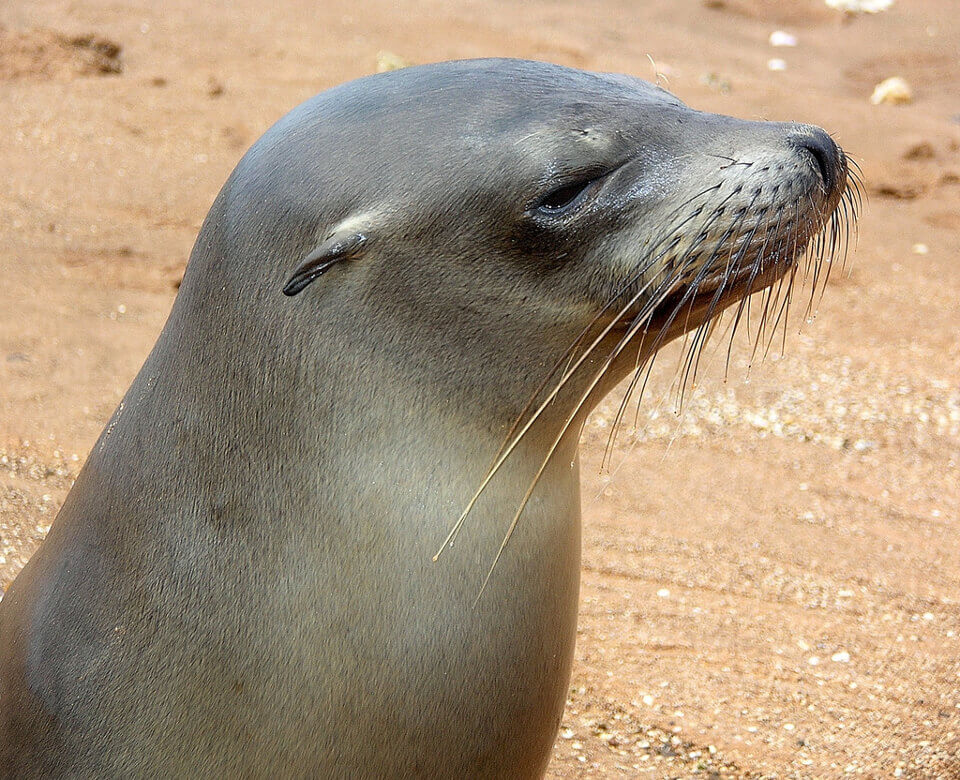
Close-Up Of A Galapagos Sea Lion Photo By: Sara Yeomans
The most notable physical distinction is in the size of the two animals. Galapagos sea lions, although they are the smallest species of sea lions, are much larger than fur seals. Females weigh around 75 kg and males can weigh up to 200 kg. Fur seals, the smallest of all the pinnipeds, weigh between 30 and 80 kg.
The Galapagos sea lion takes the scientific name of Zalophus wollebaeki, and is a more direct relative of the California sea lion. Both sea lions and fur seals belong to the family of Otariidae, eared seals, considered distinct from ‘true seals’ which do not have external ears. However, even though members of the Otariidae family have this trait in common, different genuses have developed different ear shapes. This is another way to tell sea lions and fur seals apart. Fur seals have ear flaps that stick out farther away from their heads. Sea lion ears, on the other hand, are flatter and can be seen closer to the head.
Galapagos fur seals prefer to rest in shaded areas, often along rocky coastlines. For this reason it is more difficult for visitors to the islands to catch a glimpse of the smaller fur seals, even though the two animals have similar numbers in terms of their overall populations. Furthermore, the fur seals are more selective of their habitats, preferring the rocky western coasts of Isabela and Fernandina islands.
Sea lions, by contrast, are easily spotted on beaches and piers throughout the islands. It is nearly impossible to visit Galapagos without seeing sea lions, if you aren’t careful you might even step on one while disembarking onto a local pier in Puerto Ayora or Puerto Baquerizo Moreno.
Another important difference between the two species is that fur seals feed at night while sea lions feed almost entirely during the day. Because of their nocturnal feeding habits, fur seals are much tethered to lunar cycles. Studies have shown that fur seals feed significantly more during the new moon than during the full moon. This may be due to the fact that having less light makes it easier to hide from predators.
Source: bushytrips YT channel
If you’re still wondering what’s the difference between a fur seal and sea lion, don’t worry! Your Galapagos naturalist guide will be able to walk you through the identification process step-by-step. And the best part? You’ll get to see and observe sea lions on all our itineraries. If you want to have a better chance of seeing the unique Galapagos fur seal, then be sure to check the Galapagos BIG15 guide to make sure that your itinerary gives you the island coverage you need!
